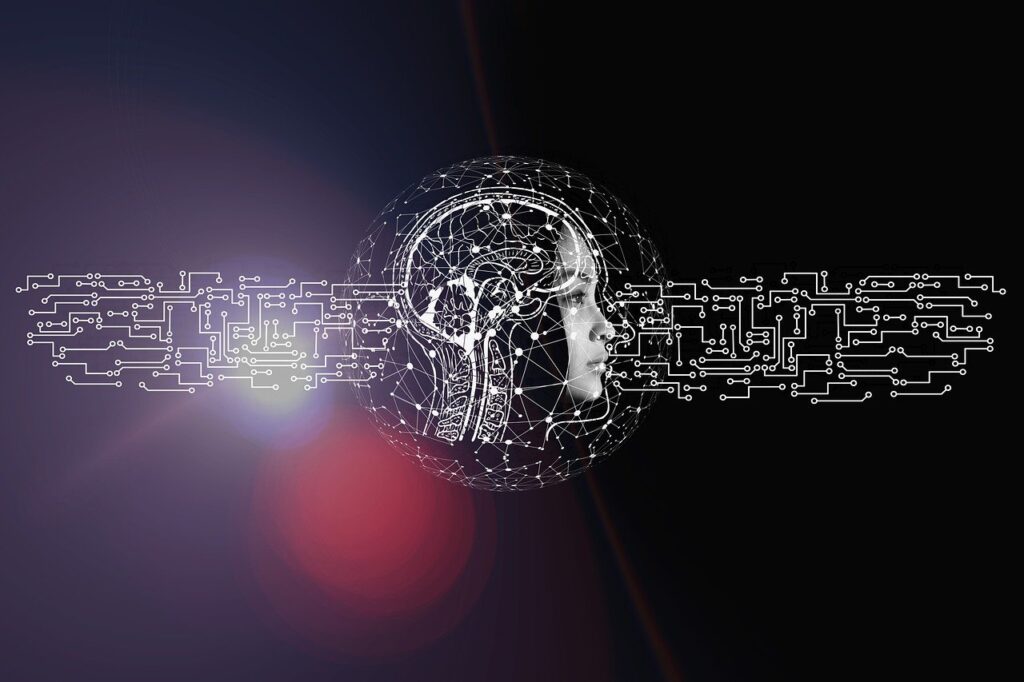In the ever-evolving world of technology, the intersection of artificial intelligence (AI) and hacking ethics is becoming increasingly complex. While AI holds the potential to revolutionize various aspects of our digital lives, its application in the realm of hacking raises important ethical questions. In this article, we’ll explore the challenges and gray areas surrounding AI and hacking ethics, discussing both the positive and potentially harmful uses of AI in cybersecurity.

Understanding AI and Hacking
Before delving into the ethical dimensions, it’s important to understand the key terms:
-
AI (Artificial Intelligence): AI is the development of computer systems capable of performing tasks that typically require human intelligence, such as speech recognition, problem-solving, learning, and decision-making.
-
Hacking: Hacking refers to the act of exploiting weaknesses in computer systems, networks, or software to gain unauthorized access or manipulate data. Hacking can be both ethical (white-hat hacking) and malicious (black-hat hacking).
The Positive Role of AI in Hacking
AI has the potential to enhance ethical hacking and cybersecurity in several ways:
-
Automated Vulnerability Scanning: AI-driven tools can automatically scan and identify vulnerabilities in computer systems, allowing ethical hackers to proactively address weaknesses.
-
Threat Detection: AI can continuously monitor network traffic and identify suspicious patterns, helping organizations detect cyber threats in real-time.
-
Faster Incident Response: AI can provide rapid analysis of security incidents, allowing security teams to respond more effectively to breaches.
-
Phishing Detection: AI can recognize and block phishing emails and malicious attachments, reducing the risk of successful attacks.
-
Behavioral Analysis: AI can analyze user behavior and detect anomalies that may signal an ongoing security threat.
-
Dynamic Authentication: AI can enable dynamic and context-aware authentication, making it more difficult for unauthorized users to gain access.
The Ethical Dilemmas
While AI brings many benefits to the field of cybersecurity, it also raises ethical questions and concerns:
-
AI in Malicious Hacking: Black-hat hackers can use AI to automate attacks, create more convincing phishing campaigns, and exploit vulnerabilities more effectively.
-
Privacy Concerns: The use of AI in hacking may lead to privacy violations, as advanced surveillance techniques can infringe upon individuals’ privacy.
-
Autonomous Attacks: AI-powered malware and cyber-physical attacks can autonomously identify and exploit vulnerabilities, posing serious threats.
-
Bias and Discrimination: AI algorithms can inherit biases from their training data, potentially leading to unfair or discriminatory outcomes in hacking attempts.
-
Responsibility: Determining who is responsible for AI-driven cyberattacks can be challenging, blurring the lines of accountability.
-
Regulatory Gaps: Ethical guidelines and regulations in AI and hacking are still evolving and may not adequately address emerging challenges.
Navigating the Gray Areas
As we navigate the complex landscape of AI and hacking ethics, there are several key principles to consider:
-
Transparency: Organizations that use AI in hacking should be transparent about their methods and intentions. This includes disclosing the use of AI-driven tools and techniques.
-
Privacy Protection: The ethical use of AI in hacking should prioritize privacy protection and respect for individuals’ data.
-
Bias Mitigation: Developers of AI systems must actively work to mitigate biases and discriminatory outcomes, ensuring fairness and equity.
-
Accountability: Clear lines of accountability should be established to determine responsibility in AI-driven cyberattacks.
-
Regulations and Standards: Ethical guidelines and regulations in AI and hacking should be developed and updated to address evolving challenges.
-
Continuous Learning: The field of AI and hacking is dynamic, requiring professionals to stay informed, engage in continuous learning, and adapt to emerging ethical concerns.
The Human Factor
In the end, it’s essential to remember that AI, whether used for ethical or malicious purposes, is a tool created and controlled by humans. It’s human decisions and intentions that determine the ethical dimension of AI and hacking. As technology advances, individuals, organizations, and societies must work together to ensure that AI-driven hacking remains ethical and aligned with the values of privacy, security, and fairness.
Conclusion
AI and hacking ethics exist in a gray area, where the application of artificial intelligence can bring both tremendous benefits and significant ethical dilemmas. As technology continues to evolve, we must grapple with the challenges and complexities of AI in hacking and navigate these gray areas responsibly. By promoting transparency, protecting privacy, mitigating bias, and adhering to ethical guidelines, we can harness the power of AI to enhance cybersecurity while maintaining our commitment to ethical principles and values. In this ever-changing landscape, the ethical use of AI is key to a safer and more secure digital world.